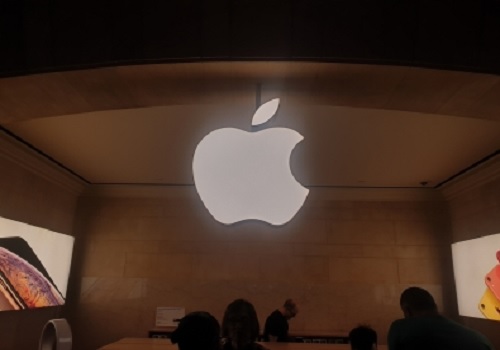Apple had to make tough choices about final design of AR/VR headset

Follow us Now on Telegram ! Get daily 10 - 12 important updates on Business, Finance and Investment. Join our Telegram Channel
Tech giant Apple had to make tough choices about the final design of its augmented (AR) and virtual reality (VR) headset as it reportedly chose a standalone AR/VR headset over a more powerful tethered design.
At one point, Apple had not yet decided whether to move forward with a more powerful VR headset that would be paired with a base station or a standalone one, The Verge reported citing a media report.
While Apple's AR/VR leader Mike Rockwell preferred the version with the base station, which included a processor that eventually shipped as the M1 Ultra, according to The Information, Apple executives chose to go with the standalone product.
That choice has had long-term effects on the development of the headset, the report said.
"By the time the decision was made, the device's multiple chips had already been in development for several years, making it impossible to go back to the drawing board to create, say, a single chip to handle all the headset's tasks," The Information reported.
"Other challenges, such as incorporating 14 cameras on the headset, have caused headaches for hardware and algorithm engineers," it added.
The report also includes details about Jony Ive's continued consultation on the project's design even after his official departure from Apple. Ive "prefers" a wearable battery, perhaps like what Magic Leap offers.
But other prototypes have had the battery in the headset's headband, and it's unclear which will be used in the final design, The Information said.
Apple reportedly showed the headset to its board of directors last week, so it could be nearing a public reveal. That said, it may not be announced until later this year, and it might not hit store shelves until 2023.












 320-x-100_uti_gold.jpg" alt="Advertisement">
320-x-100_uti_gold.jpg" alt="Advertisement">












